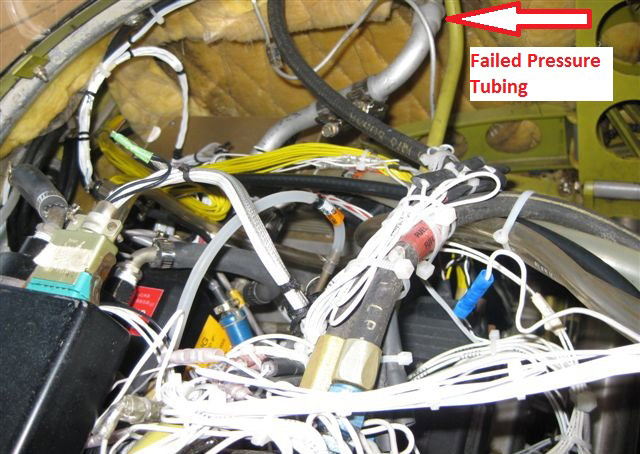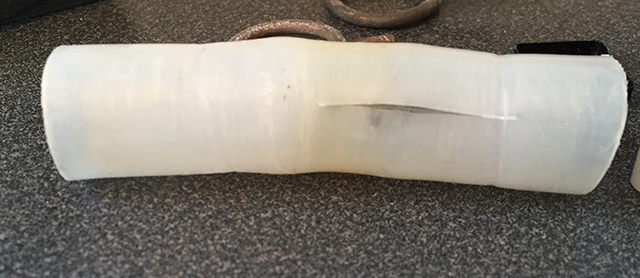Aircraft maintenance: Gyro repair leads to failed vacuum system
Tips to avoid maintenance-induced failures

In my last article, I opened the door on how a staggering number of safety issues are caused by well-intended maintenance tasks. The examples I have witnessed vary from minor nuisances to close calls with catastrophe. In this series of articles, we will be exploring a number of these examples in order to learn from the experience of others and to understand why it is so important for maintenance providers and owners to look at inspection and preventive maintenance situations with a critical eye.
Case 1
The owner reported to his maintenance shop that the artificial horizon gyro seemed to be taking longer to erect during startup than it had previously. While the A&P did not note any significant issues during a simple taxi and flight test, the mechanic did note that the instrument had no record of having been overhauled since the aircraft was new (nearly 30 years ago). The owner opted to have the instrument overhauled, adding a re-paint of the instrument face that gave the instrument modern colors and made it look like new (an optional benefit at the time of overhaul for most instruments).
Upon reinstallation, the A&P noted that the instrument pressure gauge was reading lower than it should at idle and subsequently adjusted the pressure regulator to obtain the proper reading (the aircraft had a pressure system versus a vacuum system).
The owner noticed a strange hum coming from the panel during shutdown after the next few flights. On a subsequent flight in instrument conditions, the instrument pressure dropped below the minimum level to safely power the gyros. Fortunately, the pilot was alerted by an instrument pressure warning system installed in the aircraft. The pilot landed the aircraft safely with no issue.
Upon inspection, it was discovered that a short section of nylon instrument air hose had a large crack in it that was allowing a substantial amount of instrument air to be lost behind the panel before making it to the gyros. The damaged hose connected to a metal tube, which led to another flexible hose into the replaced gyro. It is most likely that significant flexing during the act of removing the hoses from the replaced gyro ultimately caused the hose to crack.
There is little doubt that the failed hose was in poor condition to start with, being over 30 years old. Almost all hoses are life-limited (except for some Teflon hoses), so it should have been replaced long ago. However, it was not an obvious issue to detect on casual inspection because the failed section of tubing was less than 3 inches long, connecting the firewall to a metal tube, and partially covered by the firewall blanket insulation.
In the end, it was the preventive maintenance of the gyro that indirectly led to a failure of the entire system. That said, it’s critical that we evaluate the chain of events that led to the failure because any link in the chain could have prevented the in-flight failure.
- All flexible hoses in the aircraft should be inspected annually and replaced as necessary based on time-in-service or condition.
- The complete system should have been checked for leaks prior to determining that gyro replacement was the best course of action.
- All pressure lines should have been carefully inspected before and after gyro replacement.
- The reason for the low pressure should have been investigated prior to adjustment of the regulator.
- The pilot should have investigated the humming noise behind the panel before further flight.
Any time that we perform preventive or repair maintenance on an aircraft, we run the risk of introducing a maintenance-induced failure. This is only one case, but it helps us understand why we need to be extremely careful and systemic with all aircraft maintenance. Attention to detail matters, and we should always carefully weigh the risks of the task with the benefits.
Over the upcoming series, we will continue to review interesting cases of maintenance-induced failures. If you have your own story of “well-intentioned maintenance gone wrong,” please send an email. Until then, happy flying!



